Interim President Jeff Ettinger’s early morning meeting was interrupted by a threat “to start killing kids” at the University of Minnesota five days before the spring semester began.
Ettinger received multiple calls and texts about the shooting threat from a Watson man on Jan. 11 by University of Minnesota Police Department (UMPD) Chief Matt Clark, Ettinger told the Minnesota Daily on Monday.
“I had silenced my phone because I was in the middle of a meeting, but I saw the text,” Ettinger said. “I did get back to him immediately and just canceled my other appointments for the next couple of hours because I knew this had to be the top priority.”
Ettinger said the next step was informing anyone near campus to vacate. After the initial SAFE-U alert was put out, frequent updates were released, even if there was no change to the status of the search for the suspect.
As long as law enforcement did not know the suspect’s whereabouts, Ettinger said the constant communication sent a clear message to the campus community: the best and safest thing to do was shelter in place until the culprit was confirmed caught.
“We’re very glad that not only did it not affect the campus, but that ultimately an arrest was made without injury,” Ettinger said.
The effort to keep the University safe and find 41-year-old Joseph Rongstad was a collaboration between UMPD and law enforcement from Rongstad’s home county of Chippewa, according to the University’s Public Information Officer Jake Ricker.
Ricker said the Chippewa County Sheriff’s Office had been observing Rongstad the day before and reached out to UMPD the morning of Jan. 11. UMPD was joined on campus by other local law enforcement agencies including the Minneapolis Police Department and Hennepin County Sheriff.
“When you talk about the idea of active shooting threats being made to campuses, sadly that is a more common occurrence now. That’s not UMN-specific,” Ricker said.
Though the shooter was detained over two hours away from campus, Ricker said UMPD has numerous protocols in place in the event of an active shooting on -campus. The response UMPD had to the threat was a smaller part of a larger response plan that would have taken effect had the shooter come closer to campus.
“No matter how possible or probable it might have been that the suspect was in Chippewa County, the best steps had to be taken with the information we had at the time,” Ricker said.
Ricker added that UMPD routinely conducts exercises that simulate how they would respond in the event of an active shooting. These plans are also reviewed and updated annually.
Emergency resources for active shooter situations are spread across various University department websites, such as the Health Emergency Response Office, the Department of Public Safety and the Office for Student Affairs.
If someone finds themself in an active shooter situation, the Department of Public Safety advises running from the scene, leaving belongings behind, as the best option. If fleeing is not an option, the best course of action is hiding. Fighting is a last resort that should only be used when your life is in imminent danger, according to the department website.
There are emergency response plans located within and tailored to each building on campus, Ricker said. He added that staff and faculty should educate themselves on the plans for their buildings and pass that information on to their students.
“Faculty aren’t trained, as far as I know, on active shooter protocols,” wrote sociology professor at the University Michelle Phelps in an email to the Daily. “We’re just referred to the same website everyone can access.”
Step-by-step guidance for emergencies advises calling 911, staying calm and reporting the type of emergency and your location.
The Health Emergency Response Office also offers training sessions for students, staff and faculty on active shooter awareness, in person and online.
The University’s Behavioral Consultation Team addresses concerning behavior from students who may pose a threat to themselves or others by evaluating each report and intervening or providing support as needed.
The protocols and resources are largely the same across platforms, but each site is tailored to its audience — where the Student Affairs’ page lists student-oriented information, other departments focus on providing information to people who manage and work in University buildings, Ricker said.
“There is some redundancy,” Ricker said. “They kind of exist online in the space that makes sense for the audiences.”
The University’s weapon policy has restricted access to guns and other dangerous weapons for all students, staff, faculty and visitors on University property, barring law enforcement and firearms that are stored legally inside cars.
The policy, adopted in 2003, also allows exemptions for military training on campus and when approval is given by the University president, which could include using a gun at a campus shooting range or carrying a weapon for academic use.
“For me personally, guns don’t really have a place in any educational institution,” said Chad Nowlan, a third-year law student at the University.
The decision to ban firearms from campus was a sound one, Nowlan said, adding that the exception for weapons that are safely stored in cars is a fair nod to gun owners’ rights.
A bill proposed in the state legislature last year would have required safe storage for all firearms and ammunition and not following the law would have made violators ineligible for gun ownership.
“Safe storage is, I would say, one of the hot topics in gun violence prevention at the moment,” Nowlan said.
Allowing the exception is a practical choice, Nowlan said, considering the size of the University’s campus and its urban location. There is not much difference between a car parked on a public street adjacent to University property and a car that has pulled a few feet into a parking area, he added.
Nowlan, who is the student director for the law school’s Gun Violence Prevention Law Clinic, said he has not encountered any data or research suggesting that such a policy inhibits gun violence prevention.
If someone happens to see a firearm stored in a vehicle, “you do run the risk of a potential panic … especially for the current generation of college students who kind of grew up doing active shooter drills,” Nowlan said.
“There’s this distrust, I think, of firearms, just kind of built into our generation,” Nowlan said.
During his time as an undergraduate at Pace University, in Manhattan, New York City, a false alarm from an individual wearing a belt made of shell casings “triggered this whole kind of panic,” Nowlan said.
The lack of communication during and after the incident at Pace University “felt like a broad failure on the part of the institution,” Nowlan said.
“The biggest mistake an institution can make is not being communicative with students,” Nowlan said. “Rumors start to spiral when people don’t have information. People tend to fill in the holes.”
As the SAFE-U alerts rolled in on the day of the threats, Nowlan said the rate and specificity of the updates was something he would have liked to see back then.
“I feel like the University was very transparent about what they do, especially naming the individual, I believe in either the first or second alert,” Nowlan said.
Violent threats, like that from Jan. 11, can lead to trauma even when physical attacks do not occur, wrote Megan Walsh, director of the law school’s Gun Violence Prevention Law Clinic, in an email to the Daily. The “troubling reality” is that security measures can not guarantee safety, Walsh added.
The best way to prevent gun violence is by restricting access to firearms for individuals who would use them illegally, according to Walsh.
One such measure went into effect with the new year: Minnesota’s “red flag” law, which allows judges to issue extreme risk protection orders and suspend someone’s access to firearms for either one year or two weeks.
Amanda Kumbera, a third-year music education major, was still staying at home while the SAFE-U alerts were coming in, she said, but she checked the updates regularly.
One change could be the University asking professors to include information about emergency preparedness in class syllabi, Kumbera said.
“If, God forbid, there ever was an active shooter situation on campus, I think more updates would be useful. But I did like how they handled the situation,” Kumbera said.



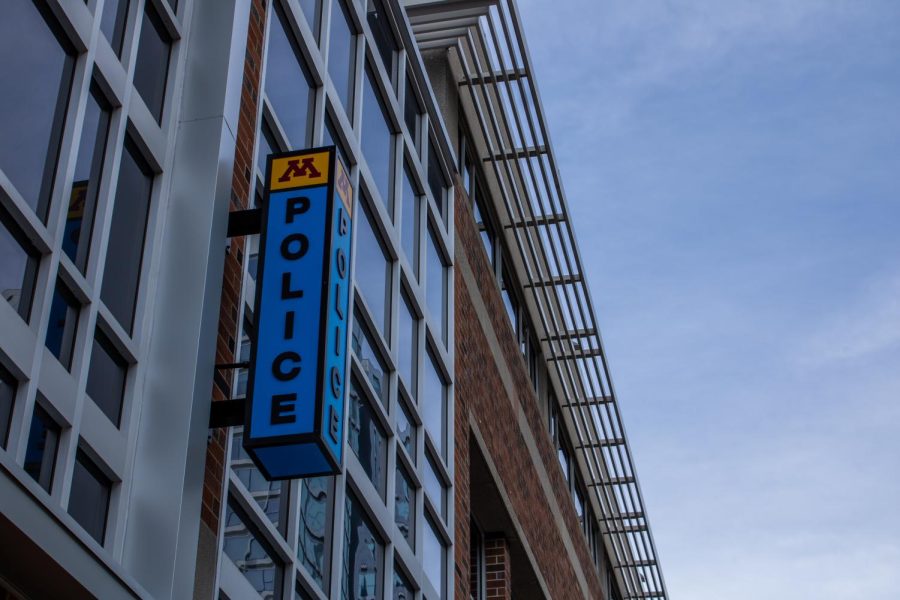


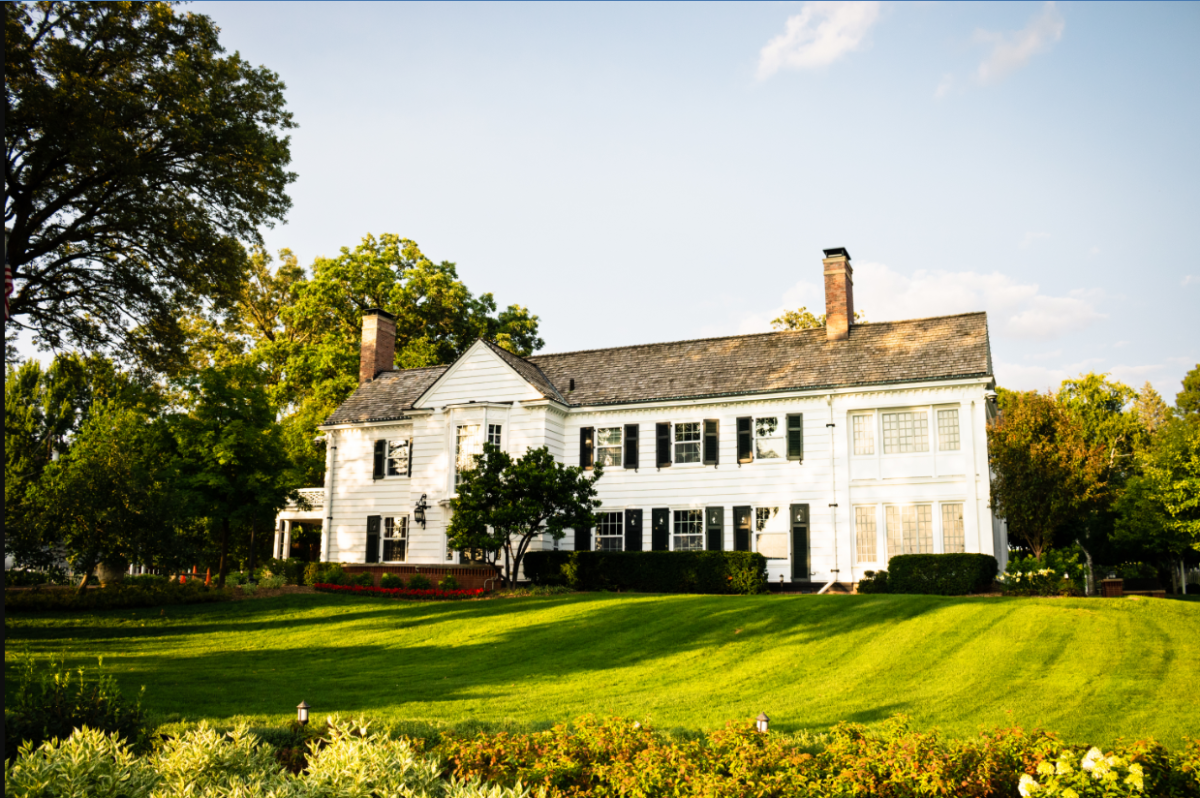

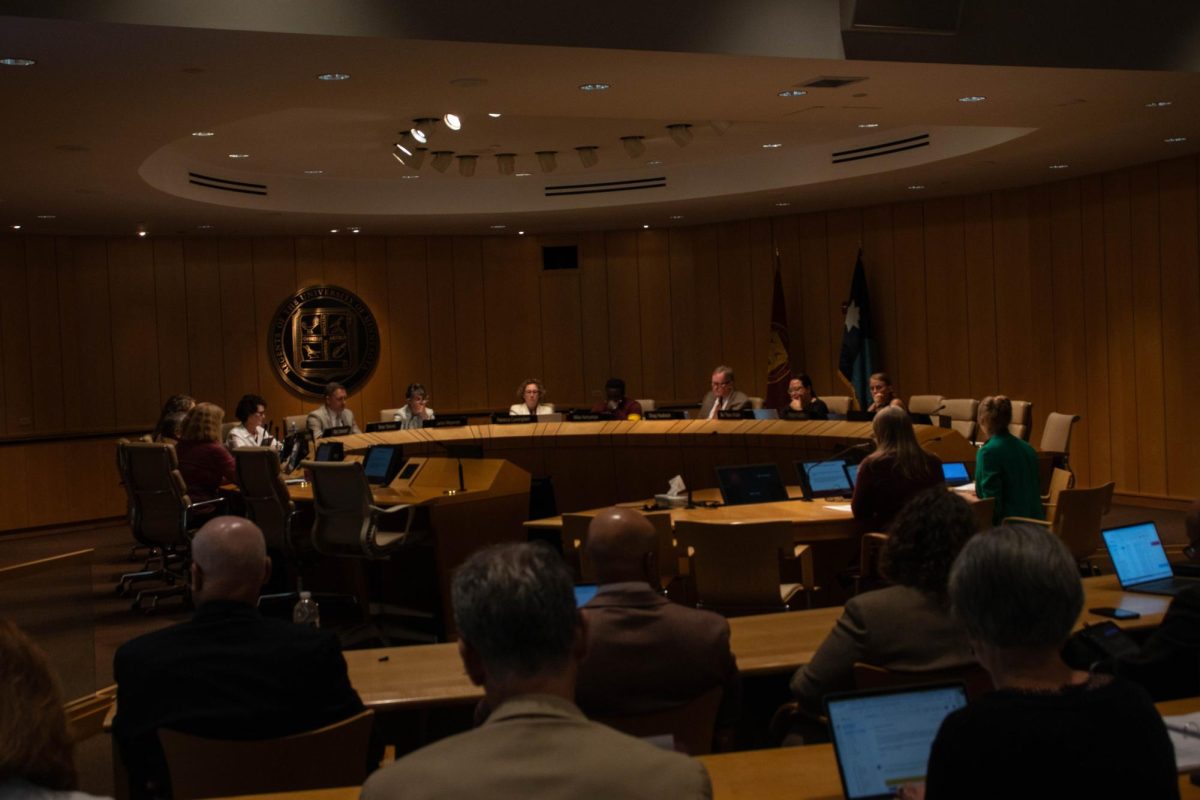
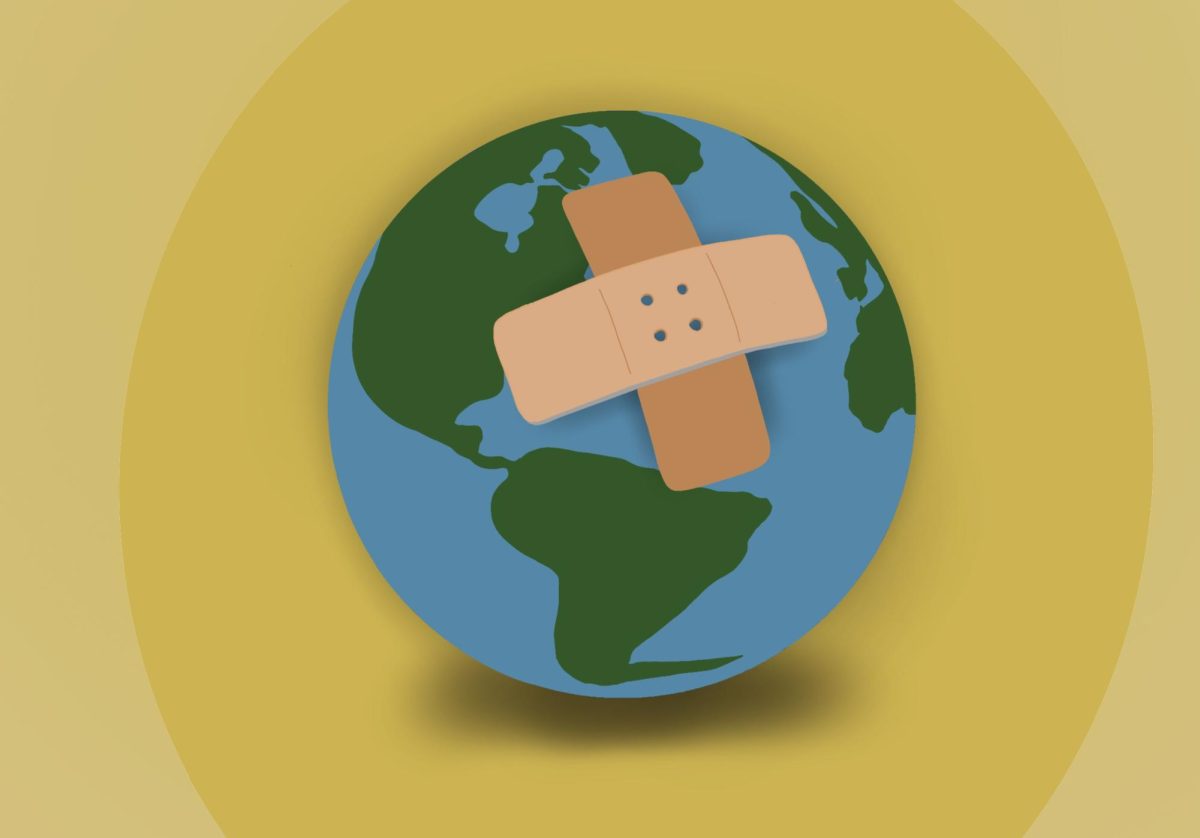
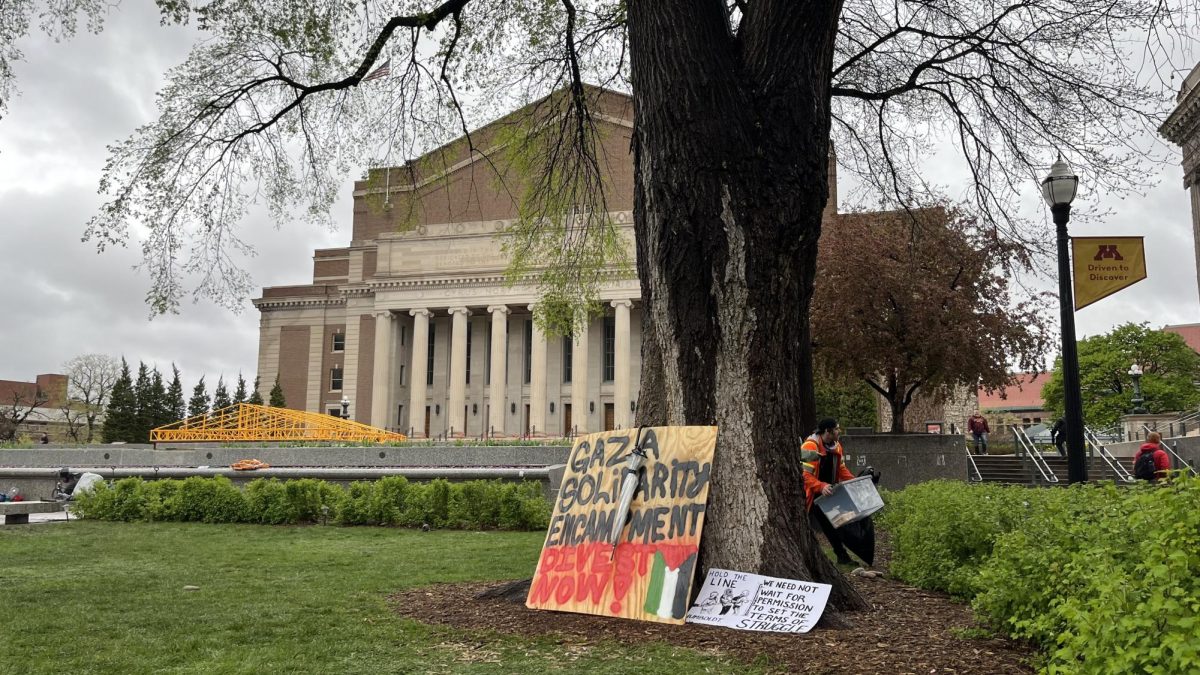

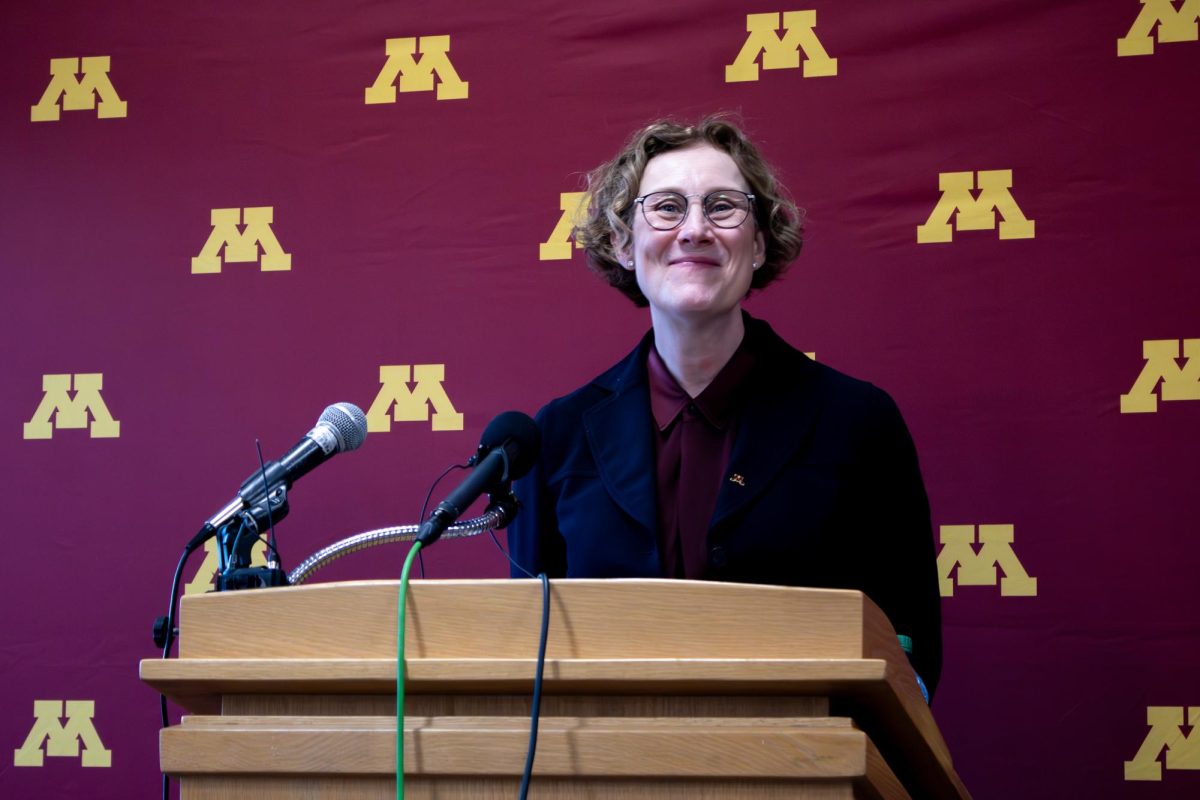

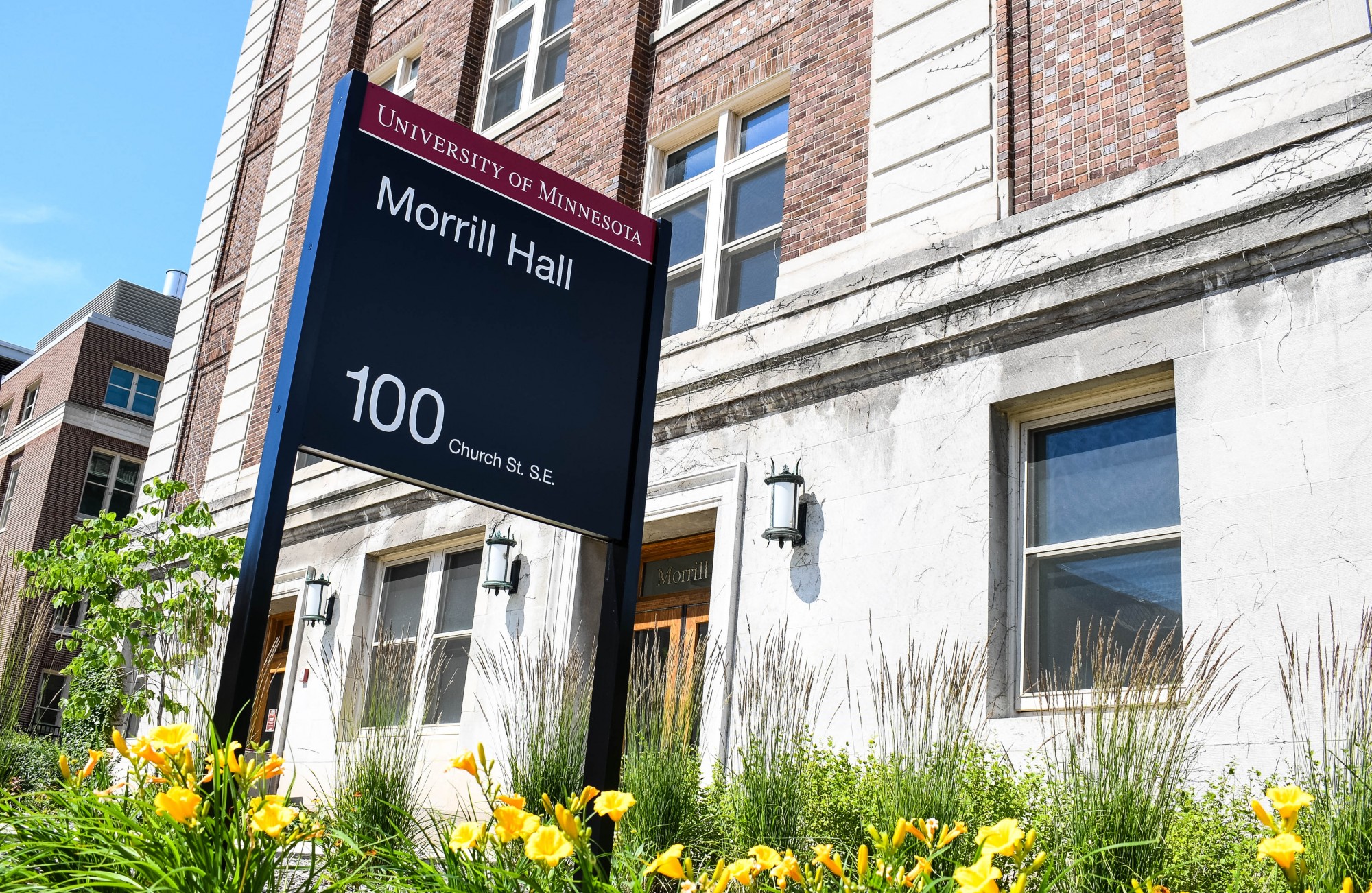
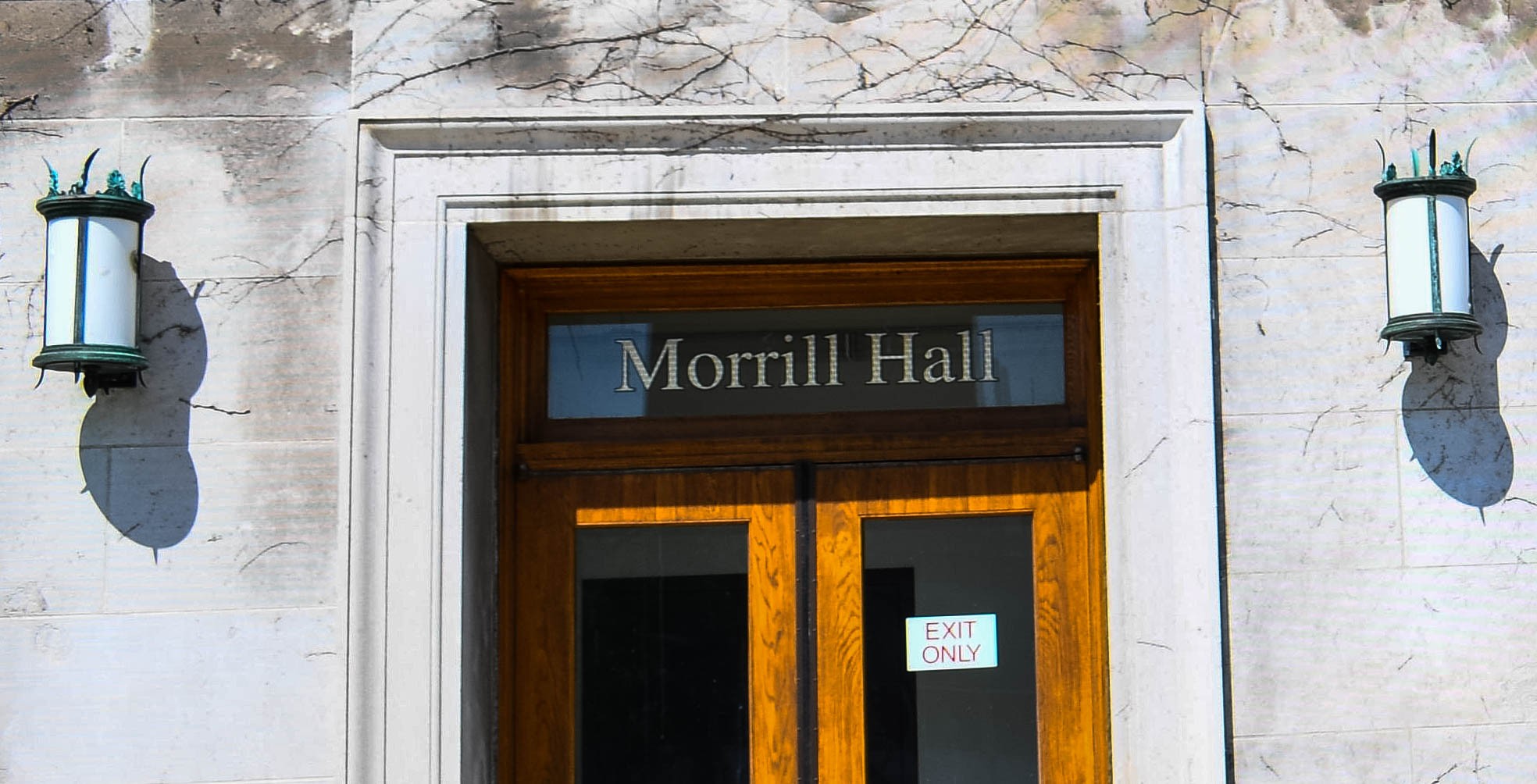



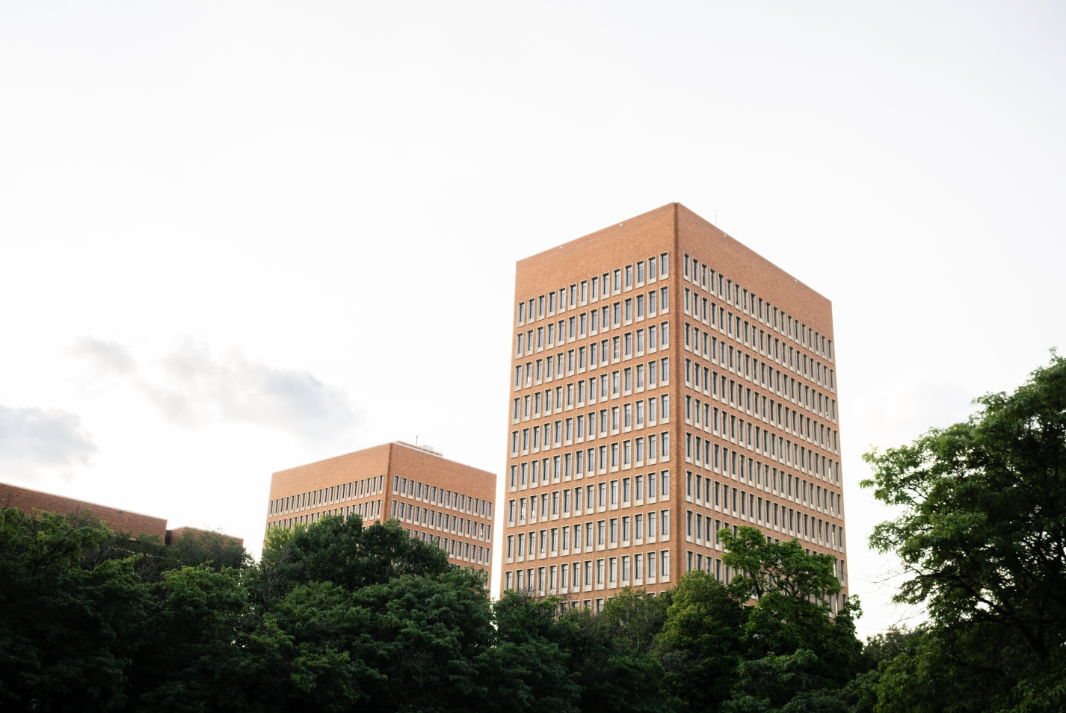
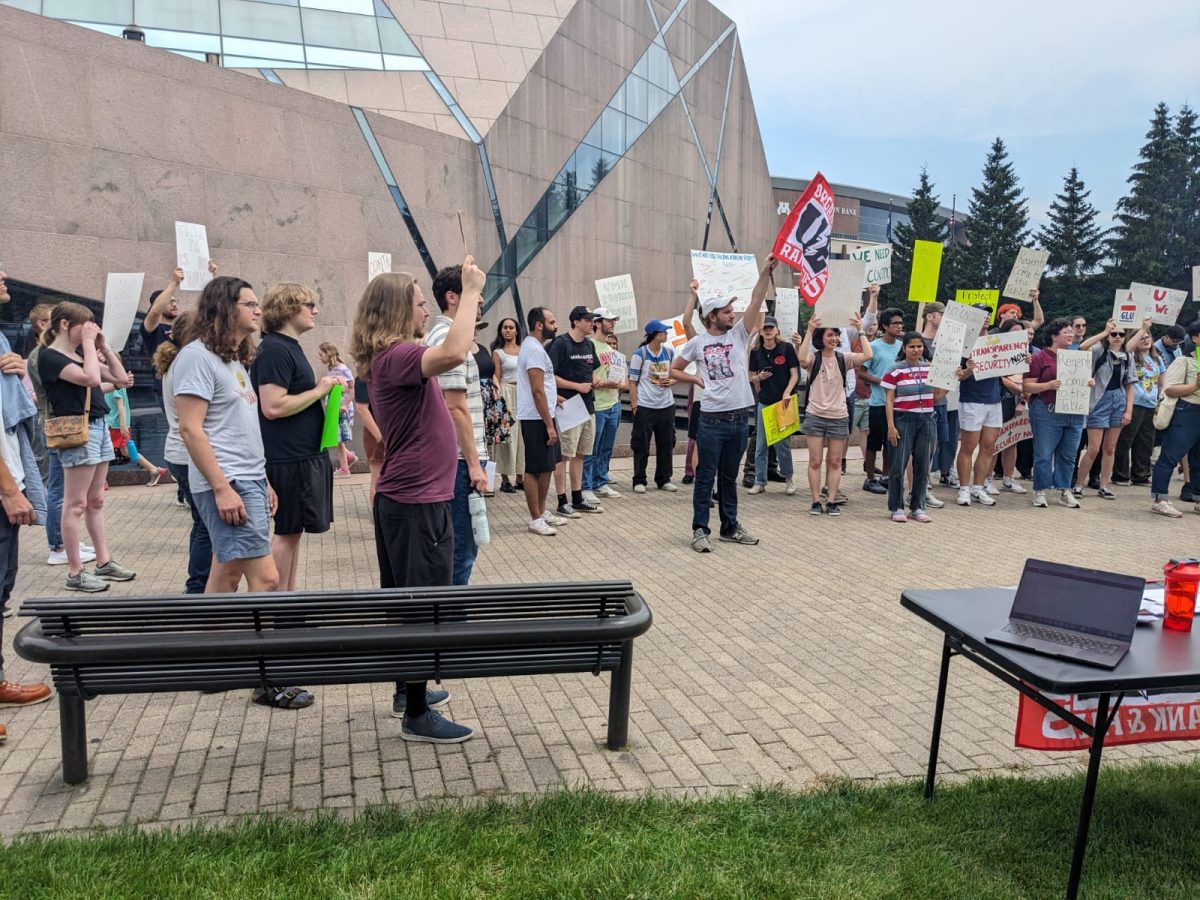
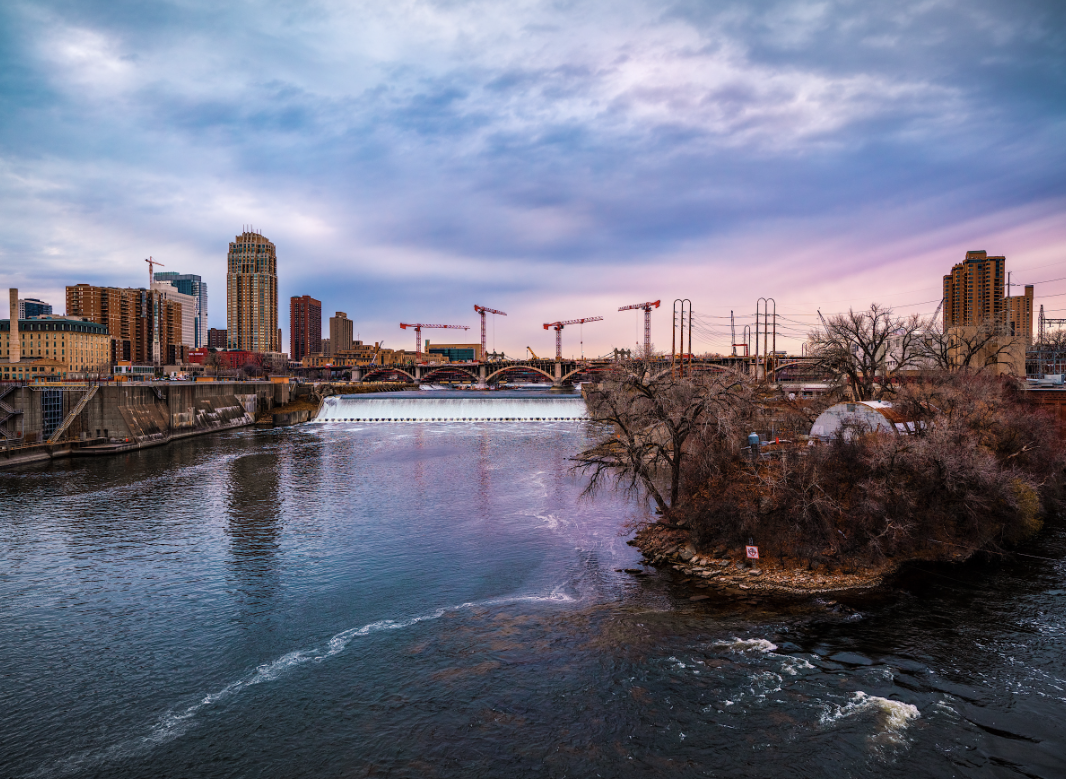

Another UMN Grad Student
Jan 29, 2024 at 12:21 pm
I would like to give UMN officials credit where I think credit is due in their response to this threat.
For context, I previously worked at another large research university where an active shooter threat was made in the form of quite literally hundreds of videos released over two days, culminating in a 800-page manifesto targeting specific faculty members. Unlike at UMN, that university did not issue same-day warnings about the threat. Instead, students and faculty members at that other institution were directly receiving threats by email for more than a full day before any university communications were sent out, by which point the disturbing videos and manifesto had circulated through student Reddit forums. Targeted professors were contacting students themselves to cancel classes and tell them to avoid campus, all while administrators and officials stayed silent. That university’s Twitter account eventually acknowledged the threat publicly and canceled the next day’s in-person classes, but no stay-home order was given to staff. I had work to do, so I went to work at this other university while having no idea where the then-at-large would-be shooter might be. The suspect was arrested, thankfully, but that news didn’t bring a full sense of relief. Instead, I knew that I never wanted anything more to do with any university that would not promptly inform its students, faculty, and staff about threats against their safety.
When I interviewed for graduate programs, I specifically asked current students how well their schools had informed them of violent threats in the past, and I considered their answers when I decided which program’s offer to accept. I must be unlucky to have encountered two shooter threats within less than two years in my early career, but I stand by my choice to attend UMN. Whereas my previous university failed in seemingly every respect to keep students and staff appropriately informed, UMN’s response was prompt and proactive as the notifications evolved to account for new information. The second 7:45am SAFE-U alert encouraged employees to work from home, and the third SAFE-U alert again encouraged non-essential staff and students to stay clear of campus by 10:03am. Because I was not on Winter Break, I arrived on campus before the first SAFE-U notification, but UMN’s responsiveness and frequent communication helped me trust UMN officials to keep me informed and safe while I completed my lab work.
UMN Grad Student
Jan 26, 2024 at 10:16 am
It is easy to think that this was well-handled if you are an undergrad or part of a program that was still on Winter break. However, for those of us who had already returned to class, this was a disappointing response. Faculty was advised to stay home in the alerts but no guidance was given for students. Additionally, it was left up to individual professors to decide whether or not to hold class on campus. Fortunately, our professors moved to virtual class. In an ideal situation, faculty AND students should have been immediately advised to stay home if not on campus and leave if they had already arrived on campus. Professors should have been directed to move class virtually or cancel.
UMN Employee
Jan 26, 2024 at 9:30 am
In regards to the article “UMN students, faculty reflect following pre-semester shooting threat” – just wanted to say, as a UMN staff member, we received communication early in the day but many people were already on the way to campus or on campus – no immediate notification to vacate was given as we were just told about the situation with no suggestion on what we should do. Many of us scrambled to contact supervisors to get more direction and some groups still held their events anyway, only to decide a few hours later that it wasn’t safe and people needed to get off campus. UMN, we need to do better, much better! *This is my opinion and doesn’t reflect the views of my employer!